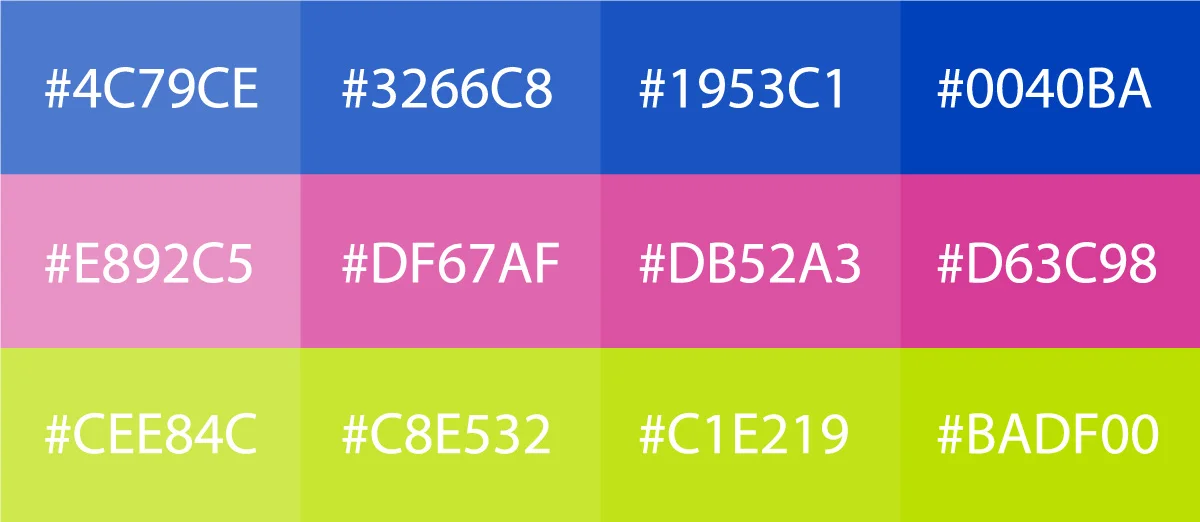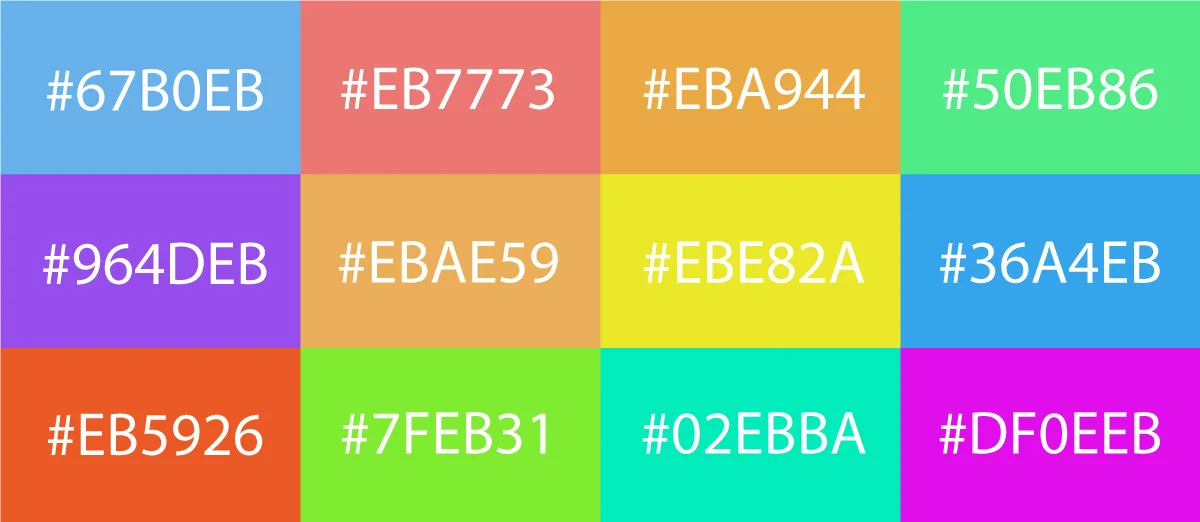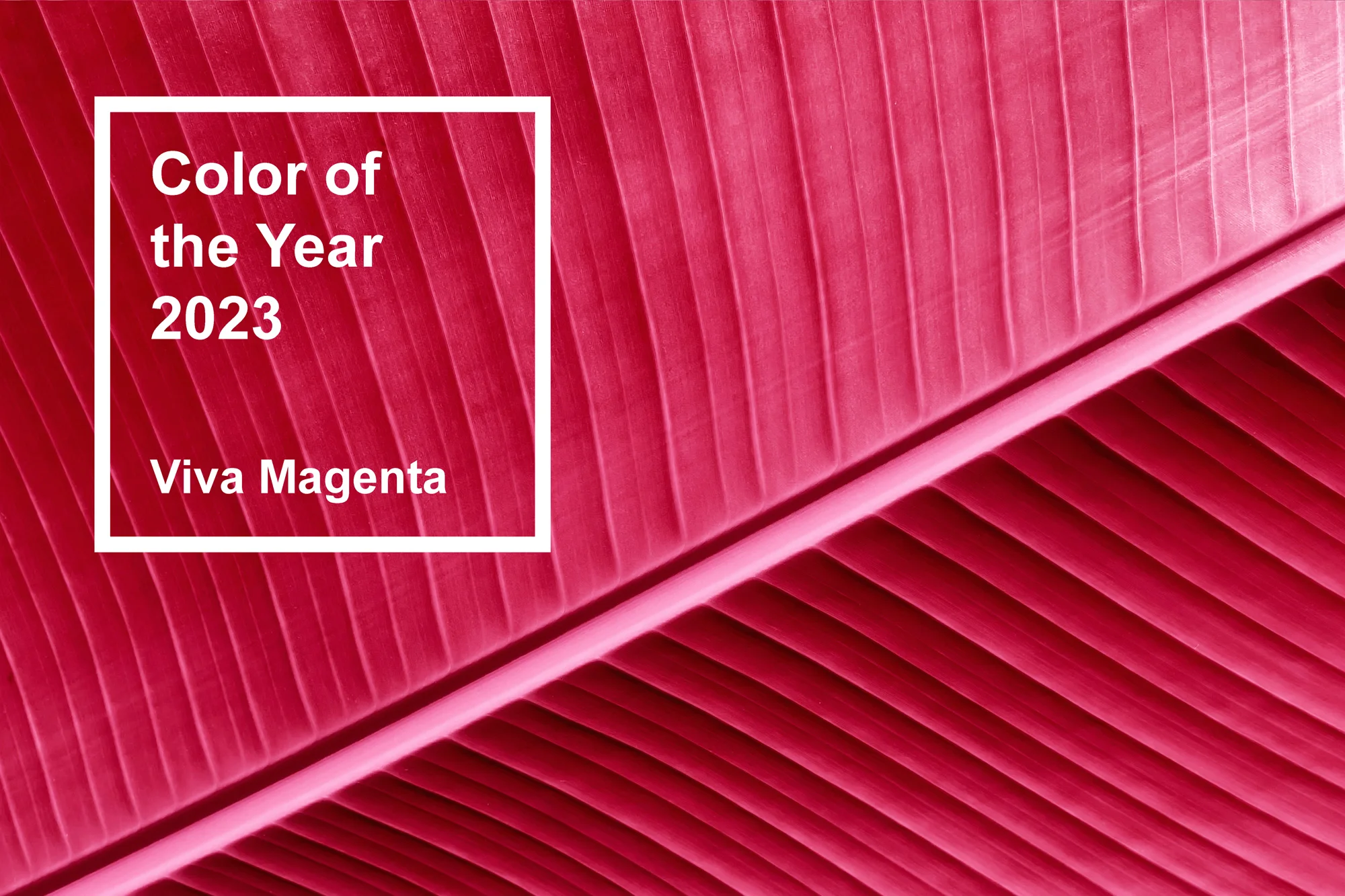What are the Basic Color Schemes: An Overview
Color Schemes are an important part of visual design. In our third part of our series on Color Theory we will cover the basic color schemes. This is more a general overview than a deep dive into the various iterations and their histories as understanding and experimentation are key components to creativity. These aren’t hard and fast rules but rather different recipes for baking a cake. Check out part one or part two if you missed those articles.
Monochromatic
A monochromatic color scheme is one that only follows a straight line down the color wheel from pure color to the center. Essentially color that follows the radius of the color wheel taking one hue and creating a composition from its shades, tones, and tints.

Analogous
Analogous color schemes are ones that select colors that are right next to one another on the wheel in either direction. Usually it’s best to use one color dominantly, and then the others to accent.

Triadic
A triadic color scheme takes one color and then moves it 120 degrees both left and right on the color wheel to create a group of colors. Red, yellow, blue and green, orange, purple are both examples of triadic color schemes. This color scheme is high in contrast like the complementary scheme however isn’t as jarring and a little safer in general.

Complementary
A complementary color scheme is one that uses two colors that are opposite each other on the color wheel. This is a disruptive color scheme and one with high contrast in hue which can have some intense effects.

Split Complementary (Compound)
The split complementary color scheme takes the complementary scheme and combines it with the analogous scheme (one color on both sides but still opposite the other). The split complementary still provides the high contrast but isn’t as aggressive on the eyes.

Tetradic
Four color color scheme that uses two sets of complementary colors to create a design. For example red and green paired with blue and orange.

Square
A traditional 4 color scheme that is determined by the first color. Rotating the first color 90 degrees across the wheel a total of three times to determine the overall scheme. The difference between this and tetradic is that all colors are equidistant apart from one another.

Conclusion
We covered color terminology as well as a brief introduction to color and its meaning in our previous articles on color. As we stated earlier, color schemes are important to design. Understanding them and their uses can significantly aid in the creation of visual design, however this is only an introduction, and is not the definitive list of color schemes. Always experiment and find whatever color scheme works best for the design and its end user.





